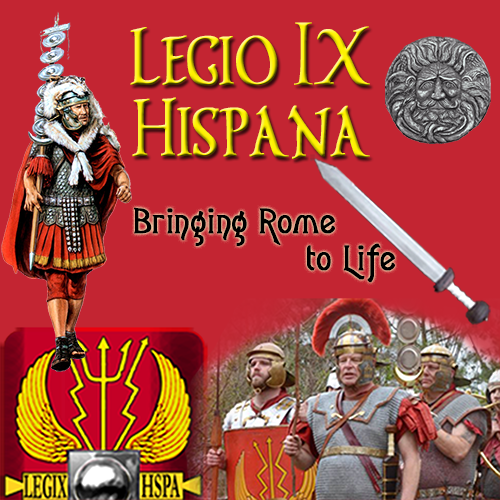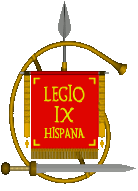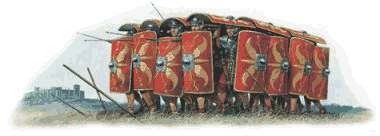Loculus (satchel)
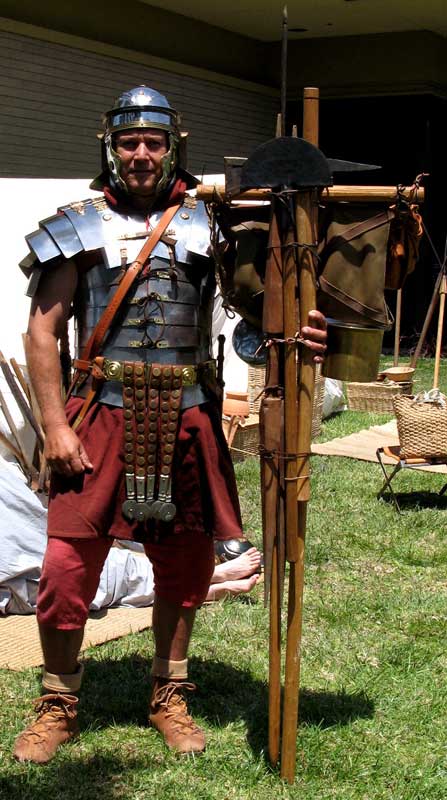
 Loculus
is a Latin word literally meaning 'little place' and was used in a number of senses including to
indicate a satchel. Satchels were carried by Roman legionaries, as a part of their sarcina or
luggage. This item, is the actual "pack" of the miles. We see depictions of this pretty
clearly on Trajan's column and that is where these reconstructions are taken from. It should be noted that
the construction is highly conjectural as no complete specimens have been found, although the button rings
have been round with bits that are thought to be from this pack.
Loculus
is a Latin word literally meaning 'little place' and was used in a number of senses including to
indicate a satchel. Satchels were carried by Roman legionaries, as a part of their sarcina or
luggage. This item, is the actual "pack" of the miles. We see depictions of this pretty
clearly on Trajan's column and that is where these reconstructions are taken from. It should be noted that
the construction is highly conjectural as no complete specimens have been found, although the button rings
have been round with bits that are thought to be from this pack.
The Real Deal?
Like many items of kit that we know the Roman Army used, no original loculus has survived in entirety although some small portions of leather found at Bar Hill (Strathclyde, Scotland) have tentatively been identified as parts of a loculus. The loculus of our (and all modern Roman reenactors) interpretation, is primarily known from the carvings/illustrations on Trajan's Column.
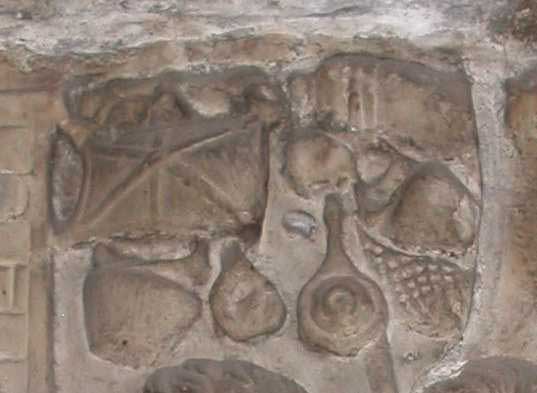
The marching pack of a soldier, also from Trajan's Column (von Wiki gestolen)
It should be noted that the construction of the loculus that we modern reenactors use, is conjectural, but reconstructions are surprisingly roomy considering its construction. It is thought these were originally made from goat hide as the typical patterns derived use up one full goat hide almost completely. Of course, any leather could and probably would have been used.

Click thumbnail above to see large view of the sarcina part of Trajan's Column.
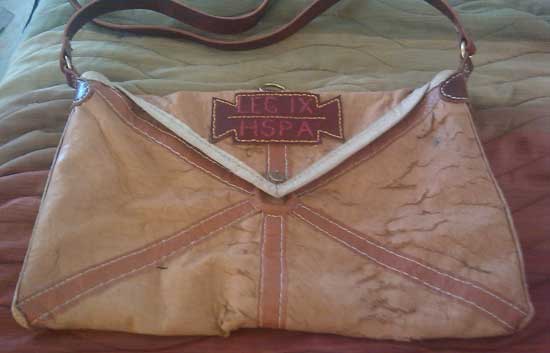
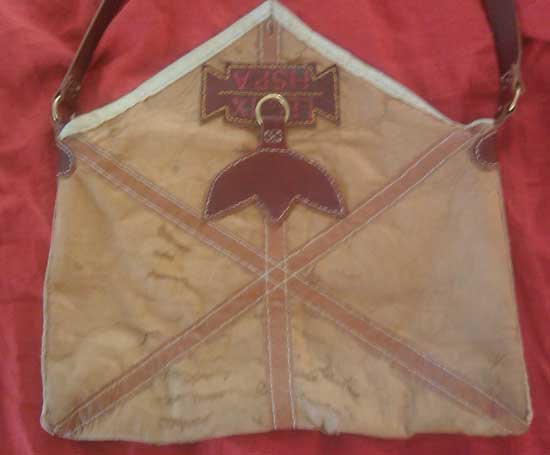
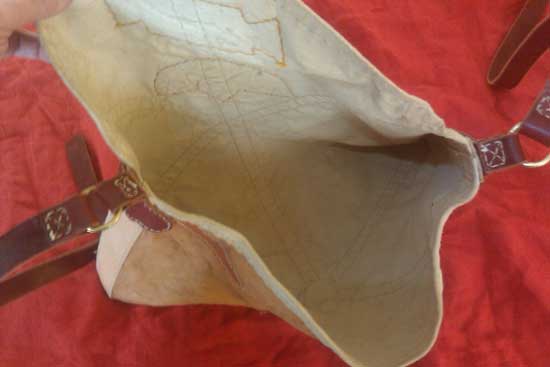
Typical reconstructions measure about 45 by 30 centimeters (18 by 12 in). The bag is reinforced by diagonal straps. In the center of the front of the bag these straps hold a bronze button ring with a mushroom-shaped stud that holds the triangular flap closed. At the top corners were two plain bronze rings used to suspend the bag while it is carried on the shoulder pole or furca.
The loculus was probably used to store rations and a legionary's personal effects such as udones (socks), an extra tunic, shaving gear, utensils and so on.
Wanna Make it Yourself?
Then cast yourself over to Matt Amt's Legio XX Handbook Pack page! Matt has great info on how to make your own loculus!!

